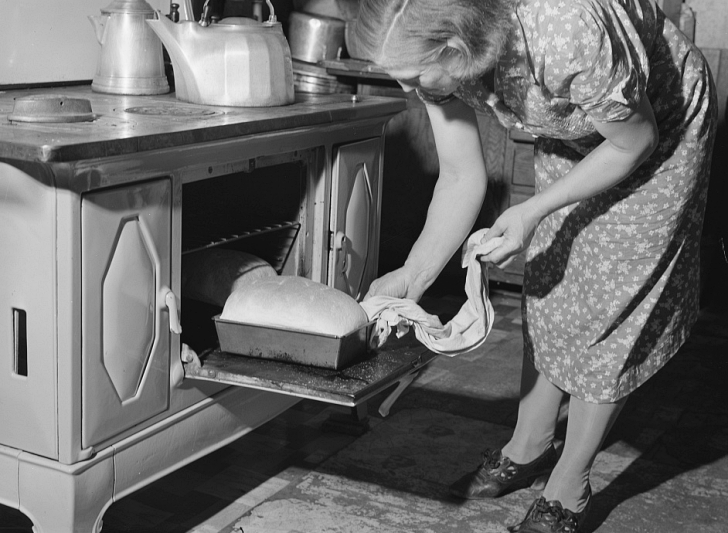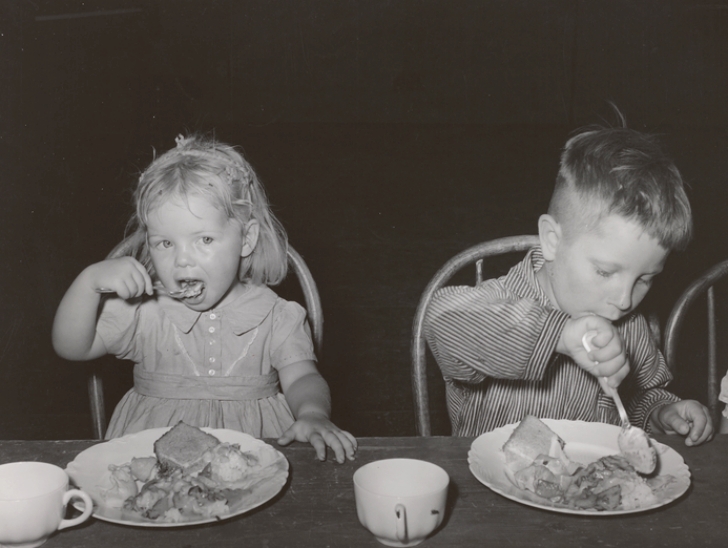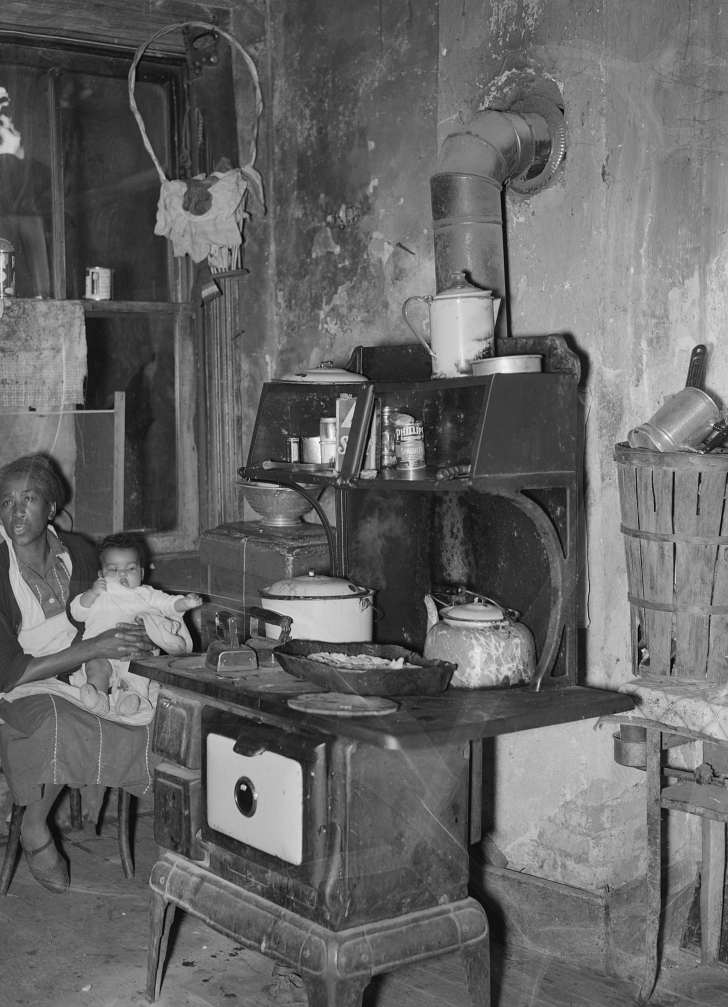How the Temperance Movement Made American Food Bland
Cooks veered away from spices thinking they could be harmful.
The Temperance movement was one of the biggest grass roots campaigns of the late 19th and early 20th centuries. After much soul-searching many Americans concluded that the social problems of the day were directly linked to alcohol. The movement gained so much steam as to become a federal law in 1919 and the unintended effect was that the 1920s became a decade of decadence for those who rebelled against Prohibition.

Many felt that passing the 18th Amendment was the right move, but after the Stock Market Crash of 1929 a nation filled with loss was fed up with not being able to unwind with a cold beer from time to time. And, the Temperance movement had some other effects that went far beyond alcohol to the one thing we all need: food.
As the 20th century dawned, immigration to the U.S. drastically increased and with these new residents came a host of distinct flavor combinations and spices, including foods that many Americans had never encountered before. But, these novel foods were viewed with suspicion. In particular spicy foods were seen as stimulants that could agitate the body and arouse hidden addiction.
Many of society’s ills at the time were blamed on alcohol by those associated with the Temperance movement, so any hint of addiction was seen as another epidemic. Public schools in large cities sought to serve an increasingly bland style of food. The most ethnic food on school lunch menus at the time was spaghetti.

Toasted cheese sandwiches with tomato soup, or split pea soup with rolls were the kinds of things that were deemed appropriate and wholesome fare for American school children. Many people at the time shared the view that spicy or stimulating foods could make one crave more and more, leading an addictive personality to lose control.
With the passing of the 18th Amendment in 1919, it seemed to some that the road to success as a nation was well and truly paved. But, poverty and violence didn’t melt away simply because alcohol was no longer as readily available- proving that perhaps Prohibition wasn’t the answer.

In 1933 the 18th Amendment was repealed, but by that time the Great Depression had further impacted the bland food of the era. Spices and exotic foods could be very expensive during the 1930s when even average families could spend a staggering 25% of their household income just on food. Dishes that were too delicious might also encourage people to overeat, something they simply couldn’t afford to do.
Cheaper foods like boxed macaroni and cheese, canned soups, starchy potato dishes, and simple sandwiches were the norm in most households during the 1930s. A home cook’s spice rack might have included only the bare minimum of salt, pepper, molasses or honey, sugar, cinnamon, and bay leaves. Even chocolate and cocoa weren’t all that common during this time.

Along with wariness of foreign foods and spices, the reduced income of many American households meant that many of the meals being served during the Great Depression were often on the bland side. The author of the 1936 cookbook, 1001 Sandwiches, offered a huge variety of mostly flavorless sandwiches for what we can only assume were tea-total luncheons with the ladies. Included in the book are many vegetarian sandwiches as well since meat was sometimes too expensive.
The view of spicy or flavorful foods being “stimulants” was a perspective often held by female county extension agents during the 1930s and they were charged with giving public classes on cooking and saving money.
All these factors together, the “addictive” nature of spices, the lack of funds with which to buy non-essential flavorings, and a focus on circulating inexpensive recipes, meant that bland foods were the norm and the idea that too many spices were bad for you remained in circulation until well after the end of World War II.

Following the war soldiers returned from Europe with the memory of complex Italian, German, and French cuisines and a world of food slowly began to open up for many Americans. Trends for Italian, Mexican, and Polynesian foods would fill up the recipe books of the 1950s and 1960s- from lasagna to pineapple glazed chicken to chow mien noodles. This was also a time when drink flowed freely at glamorous cocktail parties held in picture-perfect suburban living rooms. It was a far cry from the 1930s when getting enough to eat took a lot more effort and money than in the decades that followed.
SKM: below-content placeholderWhizzco for DOT

